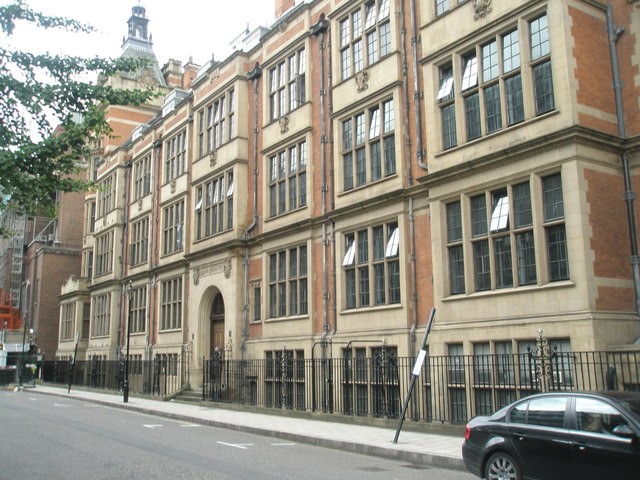When you buy or sell a property you will be required to provide various pieces of documentation in order to prove your identity and to progress the legal paperwork. One of the sets you will be asked to complete is the ID1 and ID2 forms which are both administered by the Government.

What is an ID1 form?
Both ID1 and ID2 forms are government-managed applications made to the Land Registry, and they are designed to verify your identity. By offering a legal proof of your identity, they allow the Land Registry to confirm that you are a real person or organisation and that you do exist.
What is the difference between the two forms?
Wondering what is an ID1 form? This is the form that you complete if you are an individual. The ID2 form is only completed by a company. If you do complete the wrong one, don’t worry, as you will simply have the form rejected – but you will lose the money that you paid to have the form processed.
The Land Registry uses the form for a variety of situations. For example, they use it to carry out transfers and deeds, to register leases, to register mortgages, to discharge mortgages and to surrender leases. They are also used in legal situations, such has when title deeds are destroyed or lost and when people need to make registration applications for them.

Are they difficult to complete?
People often ask solicitors what is an ID1 form? And then they want to know if it is hard to complete. The good news is that the form is very quick and easy to complete and simply asks for basic information such as your name and home address. But watch out – if you provide incorrect information or deliberately false information with the intention of committing fraud, you can be sent to prison for up to ten years.
When might these forms be used?
Both of the forms are used with property transactions if the buyer and / or seller is acting independently rather than using a conveyancer. When either party uses a conveyancer the form usually won’t be needed.
However, when required, the forms must be verified by a licensed conveyancer, barrister, solicitor or notary public. There is usually a verification service offered by the Land Registry too, but this has been temporarily withdrawn.



Leave a Reply